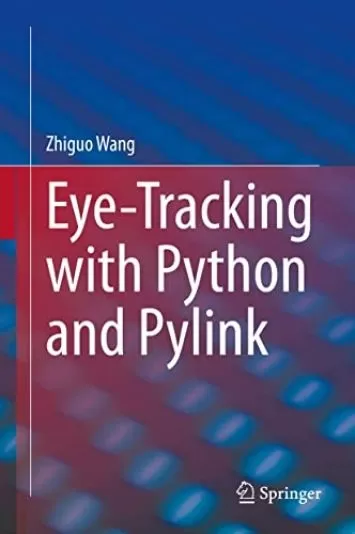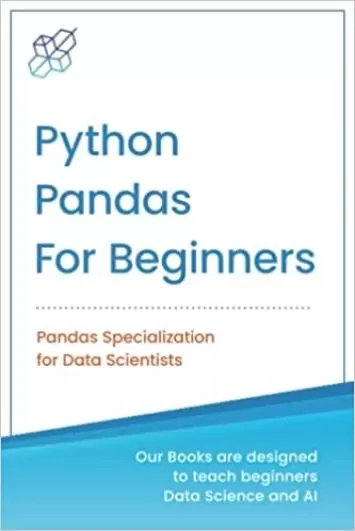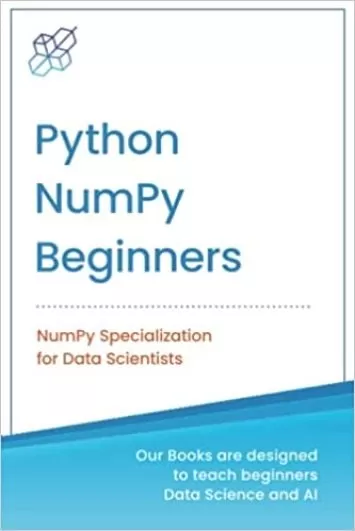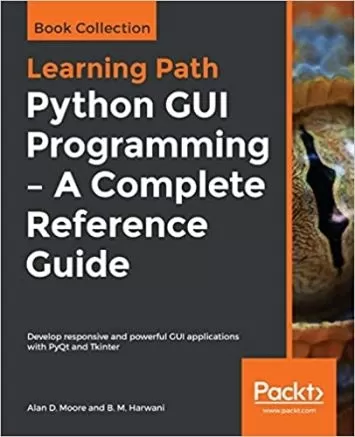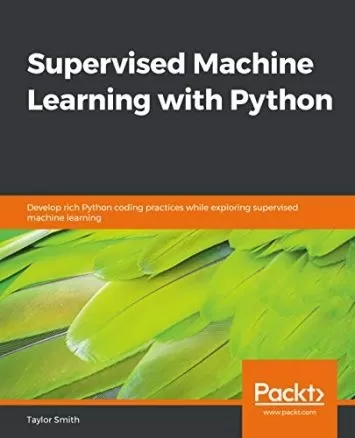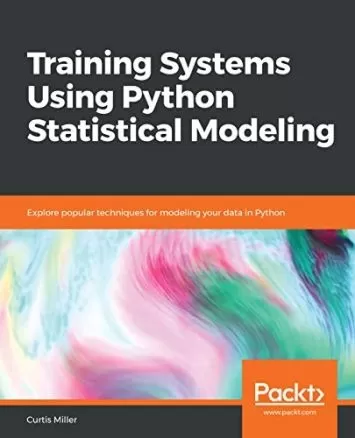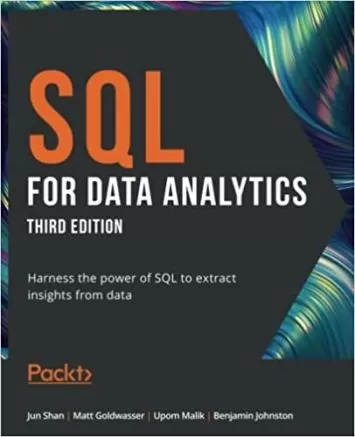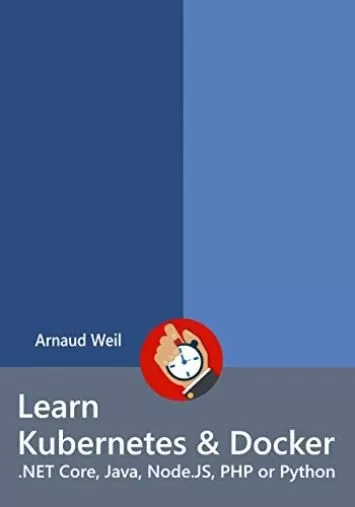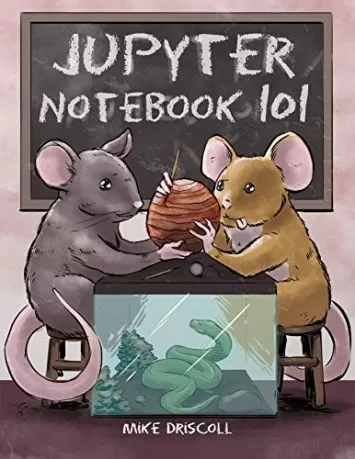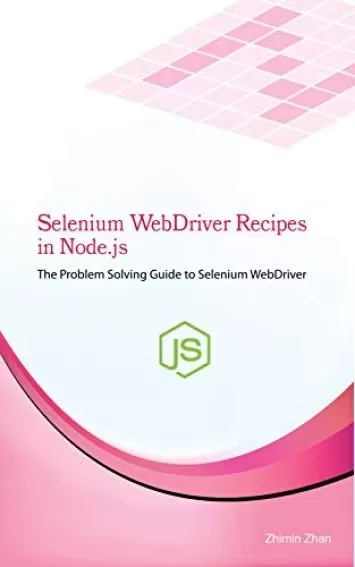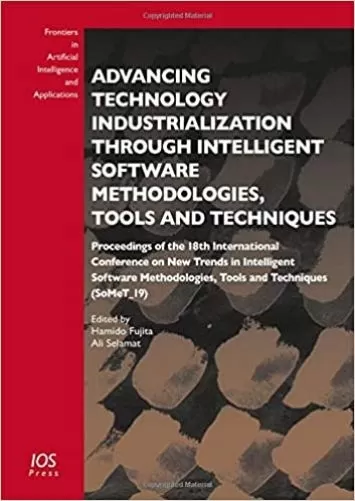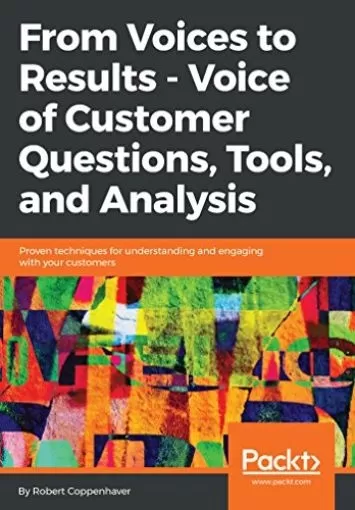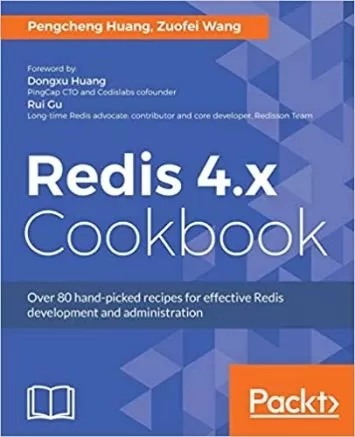
Applied Unsupervised Learning with Python: Discover hidden patterns and relationships in unstructured data with Python
Category
Publication
Packt Publishing
Unsupervised learning is a useful and practical solution in situations where labeled data is not available.
Applied Unsupervised Learning with Python guides you on the best practices for using unsupervised learning techniques in tandem with Python libraries and extracting meaningful information from unstructured data. The course begins by explaining how basic clustering works to find similar data points in a set. Once you are well versed with the k-means algorithm and how it operates, youll learn what dimensionality reduction is and where to apply it. As you progress, youll learn various neural network techniques and how they can improve your model. While studying the applications of unsupervised learning, you will also understand how to mine topics that are trending on Twitter and Facebook and build a news recommendation engine for users. You will complete the course by challenging yourself through various interesting activities such as performing a Market Basket Analysis and identifying relationships between different merchandises.
By the end of this course, you will have the skills you need to confidently build your own models using Python.
About the Author
Benjamin Johnston is a senior data scientist for one of the world's leading data-driven medtech companies and is involved in the development of innovative digital solutions throughout the entire product development pathway, from problem definition, to solution research and development, through to final deployment. He is currently completing his PhD in machine learning, specializing in image processing and deep convolutional neural networks. He has more than 10 years' experience in medical device design and development, working in a variety of technical roles and holds first-class honors bachelor's degrees in both engineering and medical science from the University of Sydney, Australia.
Aaron Jones is a full-time Senior Data Scientist and consultant. He has built models and data products while working in retail, media, and environmental science. Aaron is based in Seattle, Washington and has a particular interest in clustering algorithms, natural language processing, and Bayesian statistics.
Christopher Kruger is a practicing data scientist and AI researcher. He has managed applied machine learning projects across multiple industries while mentoring junior team members on best practices. His primary focus is on pushing both business practicality as well as academic rigor in every project. Chris is currently developing research in the computer vision space.
- Understand the basics and importance of clustering
- Build k-means, hierarchical, and DBSCAN clustering algorithms from scratch with built-in packages
- Explore dimensionality reduction and its applications
- Use scikit-learn (sklearn) to implement and analyse principal component analysis (PCA)on the Iris dataset
- Employ Keras to build autoencoder models for the CIFAR-10 dataset
- Apply the Apriori algorithm with machine learning extensions (Mlxtend) to study transaction data
This course is designed for developers, data scientists, and machine learning enthusiasts who are interested in unsupervised learning. Some familiarity with Python programming along with basic knowledge of mathematical concepts including exponents, square roots, means, and medians will be beneficial.
- Introduction to Clustering
- Hierarchical Clustering
- Neighborhood Approaches and DBSCAN
- An Introduction to Dimensionality Reduction and PCA
- Autoencoders
- t-Distributed Stochastic Neighbor Embedding (t-SNE)
- Topic Modeling
- Market Basket Analysis
- Hotspot Analysis










